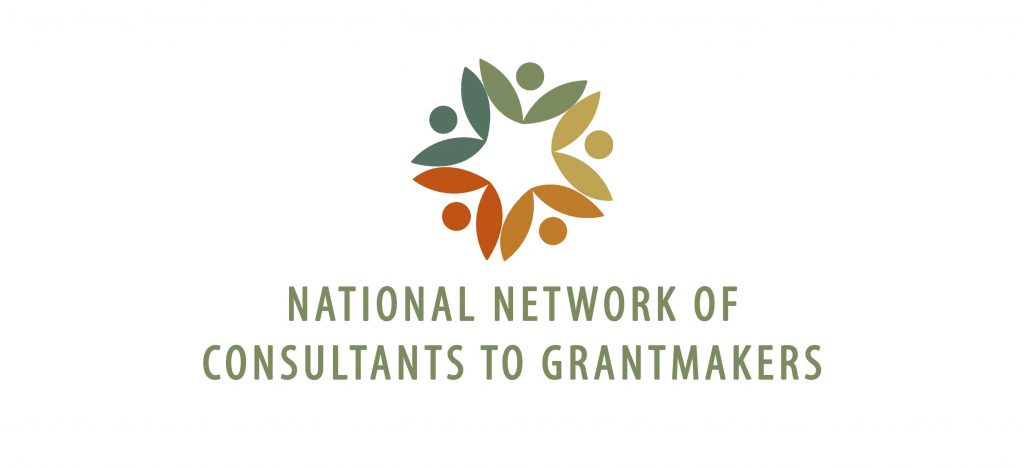 November 4, 2019 – Kris is a trusted advisor, philanthropy expert and author with more than 20 years of experience. She is the president and founder of Putnam Consulting Group, a global consulting firm who have helped utra-high net worth donors all over the world. She describes the current buzz around equity as a “blessing and a curse” because while many are aware of the issue, they don’t always know what it means or what to do about it. The first step to truly understanding equity, is for foundations to apply an equity lens internally so they’ll be able to support more equitable work in whatever they’re funding, such as healthcare, access to education, or other social needs.
November 4, 2019 – Kris is a trusted advisor, philanthropy expert and author with more than 20 years of experience. She is the president and founder of Putnam Consulting Group, a global consulting firm who have helped utra-high net worth donors all over the world. She describes the current buzz around equity as a “blessing and a curse” because while many are aware of the issue, they don’t always know what it means or what to do about it. The first step to truly understanding equity, is for foundations to apply an equity lens internally so they’ll be able to support more equitable work in whatever they’re funding, such as healthcare, access to education, or other social needs.
The current buzz around equity “is both a blessing and a curse,” says Kris Putnam-Walkerly – a blessing because people are increasingly aware of the issue, but a challenge when they don’t really know what it means.
That tension was clear when Putnam-Walkerly began working with the CEO of a foundation who wanted to make sure the organization addressed the issue of equity. But within five minutes of their conversation, the CEO suggested they were already doing equity work – by funding low-income residents – and didn’t need to do more.
“It was a good reminder that funders often don’t immediately recognize the importance of walking the talk on this issue and of applying that equity lens internally within their own foundation,” Putnam-Walkerly says. “It’s so easy to jump into ‘Let’s make a grant!’”
Putnam-Walkerly was hired to work with the foundation’s staff and board to help them understand what it means to integrate equity into their operations. She started by having the board look at what other foundations were doing. That was an easy point of entry, she notes, because she wasn’t forcing the board into an uncomfortable conversation about race, privilege, and implicit bias as a starting point.
Benchmarking their foundation in this way provided a “safe zone,” Putnam-Walkerly observes, and allowed the board and staff to learn how other foundations approach this work. As a result, the board decided to incorporate equity into their strategic-planning process. Putnam-Walkerly then helped the grantmaker understand the difference between diversity, equity, and inclusion. She also guided the board and staff to define what they mean by “equity.”
Why focus on a definition? Because it’s virtually impossible to make a change if board members and staff can’t agree on what they’re trying to do. “And it’s ok if you don’t know what equity means,” Putnam-Walkerly adds, “because, in some cases, other foundations don’t either.” Much like the term innovation, equity is “one of those words that everyone understands and few can describe or define.”
Providing concrete examples is an effective way to help understand how equity can be integrated into an organization, Putnam- Walkerly says. What does equity mean for the human resources staff? How can the grants- management team incorporate equity into their work?
Throughout this process, it’s vital that the CEO is committed to making equity part of the foundation’s internal operations. Like any cultural change, “if the leadership isn’t championing it, it doesn’t go anywhere.”
Putnam-Walkerly believes foundations should apply an equity lens internally so they’ll be able to support more equitable work in whatever they’re funding, such as healthcare, access to education, or other social needs.
As consultants work with clients to tackle these challenges, they don’t need to be DEI experts to help their clients integrate an equity lens into their core mission in a meaningful way, Putnam-Walkerly says. “Take time to educate yourself,” she advises, but also recognize when you need to bring in someone with more experience.

